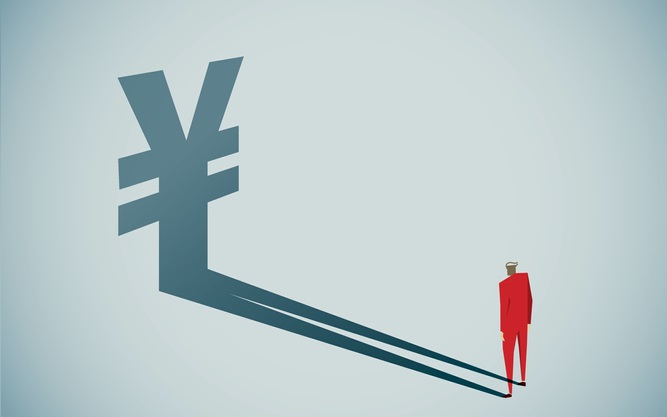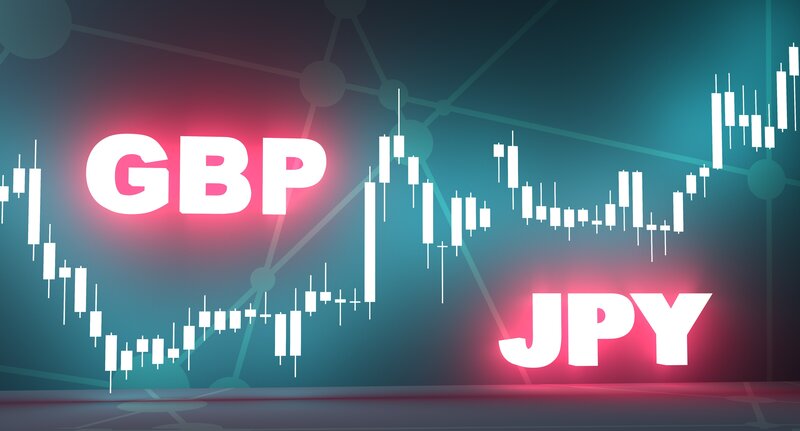The Japanese yen currency has strengthened and clawed back a huge swath of losses against other major currencies that the Japanese currency suffered after the recent Bank of Japan policy meeting.
The CPI report showed that the annual inflation rate in Japan rose to 4.0 % in December 2022 from 3.8% a month earlier, pointing to the highest reading since January 1991, amid high prices of imported raw commodities and yen weakness.
In terms of market reaction, the USDJPY pair has fallen towards the 129.00 level. The GBPJPY pair is one of the Japanese yen cross pairs that has not reacted much as the pound soars broadly.
Breaking down the data, Core consumer prices also increased by 4.0% year-on-year, the most since December 1981, matching market forecasts but above the Bank of Japan’s 2% target for a ninth straight month.
On a monthly basis, consumer prices went up 0.3% in December, the least in four months, after an upwardly revised 0.4% gain in November.
Upward price pressures came from all components, namely food (7.0% vs 6.9% in November); housing (1.2% vs 1.2%); fuel, light, and water charges (15.2% vs 14.1%), mainly electricity (21.3% vs 20.1%) and gas (23.3% vs 21.0%); transport & communication (2.1% vs 1.6%.
Also, medical care (0.4% vs 0.3%), furniture & household utensils (7.5% vs 7.3%); clothes (2.9% vs 2.7%), education (0.7% vs 0.7%), and miscellaneous (1.1% vs 0.9%).
Also, NY Fed’s Williams spoke this morning, and despite extensive remarks, and unlike many, many other Federal Reserve officials we’ve heard from.
Williams did not give much of an indication at all of his view on whether he supported a +25 or +50bp rate hike at the next Federal Open Market Committee (FOMC) meeting coming on January 31/February 1.
In other Asian news, China had the regular monthly PBOC setting of one-and five-year Loan Prime Rates.




